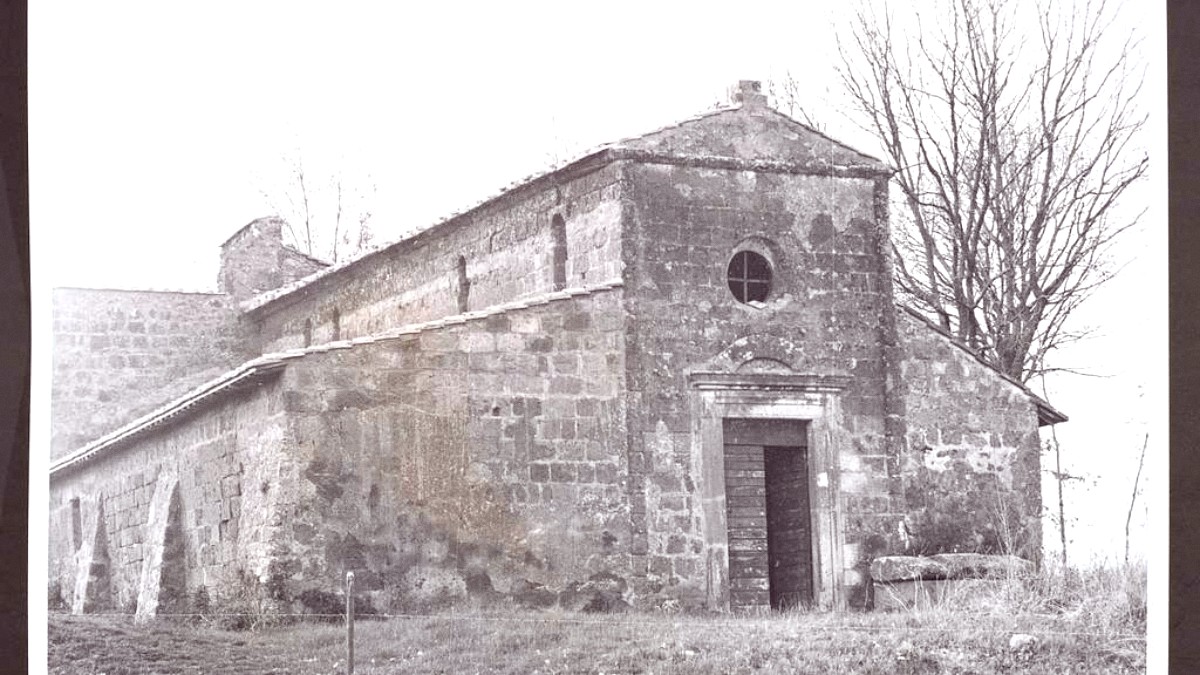
Lazio, Italy
Viterbo, situated in Central Italy, experiences a Mediterranean climate with distinct seasons. Spring (April-May) and Autumn (September-October) offer comfortable temperatures for sightseeing. Summers (June-August) are warm to hot. Winters (November-March) are generally mild but can be chilly and wet.
Each season in Viterbo offers a different travel experience, from summer festivals to tranquil winter thermal baths.
High Season (June-August) brings warm, sunny weather and events, but also higher crowds and peak prices. Shoulder Season (April-May, September-October) presents pleasant temperatures, fewer crowds, and generally lower prices. The Macchina di Santa Rosa festival on September 3rd is an unique cultural spectacle.
Low Season (November-March) offers the fewest crowds, lowest prices, and ideal conditions for enjoying the thermal baths. Some attractions may have reduced hours.
Warmest, busiest period
Sunny weather, full operation of attractions, festivals.
High temperatures, more crowds, peak prices.
Ideal balance, pleasant weather
Comfortable temperatures, fewer crowds, better prices for flights and stays.
Occasional rain showers, some reduced hours in late autumn.
Quiet, budget-friendly
Fewest crowds, lowest prices, ideal for thermal baths.
Colder temperatures, more rain, shorter daylight hours.
Summer months, especially July and August, can experience intense heat. Take precautions against sun exposure, wear lightweight clothing, and stay hydrated by drinking plenty of water. Plan outdoor activities for early mornings or late afternoons. Seek shade during the hottest parts of the day.
Winter months can be damp and chilly, making waterproof clothing and layers advisable for comfort. Cobblestone streets can become slippery when wet, so wear appropriate footwear with good grip.
Spring (Apr-May) and Autumn (Sep-Oct).
Year-round, specifically inviting Oct-Mar.
Spring and early Autumn for best conditions.
Shoulder seasons offer excellent light.
Summer and early autumn have more festivals.
Italy belongs to the Schengen Area, which simplifies travel within many European countries. Travelers from visa-exempt countries enjoy stays of up to 90 days within a 180-day period without a visa.
Citizens from the United States, Canada, the United Kingdom, Australia, and New Zealand are generally visa-exempt for short stays. From mid-2025, an ETIAS authorization will be a travel requirement for visa-exempt travelers, similar to ESTA for the U.S.
Gather all necessary documents well before departure. This helps ensure a smooth entry into Italy.
Plan your budget for a Viterbo trip to find a comfortable and enjoyable experience. Costs vary significantly based on your travel style.
These daily costs exclude international flights but include accommodation, food, local transport, and attractions.
Budget Traveler: €40 - €70 per day. Seek hostels or basic B&Bs, street food or groceries, and extensive walking. Focus on free attractions.
Mid-Range Traveler: €80 - €150 per day. Comfortable 3-star hotels, traditional trattorias, a mix of public transport and occasional taxis. Visit several paid attractions.
Hostel bed: €25-40. B&B/Guesthouse: €50-90. 3-star Hotel: €80-150. 4-5 star Hotel/Resort: €150+.
Finding accommodation slightly outside the historic center can offer better value.
Prices typically peak during high season and major holidays.
Espresso: €1.20-1.80. Pizza: €8-15. Pasta: €10-18. Light lunch: €5-8. Mid-range dinner: €25-40. Fine dining: €50+.
Eating at local markets or choosing Menù fisso saves money.
Tourist-heavy areas may have higher prices.
Palazzo dei Papi: €5-8. Terme dei Papi (daily pool entry): €18-25. Museo Nazionale Etrusco: €6-8. Villa Lante: €5-8.
Many beautiful sites like San Pellegrino are free to explore.
Guided tours or specialized excursions increase daily activity costs.
| Item | Cost Range (€) | Notes |
|---|---|---|
| Espresso Coffee | 1.20-1.80 | Cheaper when standing at the bar |
| Local Bus Ticket (single) | 1.20-1.50 | Valid for specific duration with transfers |
| Train Viterbo to Rome (one-way) | 5-10 | Regional train service |
Italy offers a high standard of care.
No specific vaccinations are required for Italy. Routine vaccinations (MMR, DTaP, Polio) should be up-to-date. Consult a travel clinic for personalized recommendations.
Guard against sunburn and dehydration, especially in summer. Practice good hand hygiene to prevent traveler's diarrhea. Mosquitoes may be present; use Insect repellent.
Italy has high-standard public and private healthcare. Dial 112 for the European Emergency Number (police, ambulance, fire). Pharmacies are widely available.
Water and Food
Tap water in Viterbo is generally safe to drink. Public fountains often offer potable water. Italy maintains high food hygiene standards; choose busy establishments for freshness. Avoid uncooked or unpasteurized items if immune-compromised.
Ospedale di Belcolle is Viterbo's main public hospital for emergency care.
Always consult official sources for health updates before travel.
Viterbo is very safe with low crime rates. Petty crime like pickpocketing can occur in crowded tourist areas. Keep valuables secure with a Money belt or RFID-blocking wallet. All city areas are generally safe.
Central Italy is a seismic zone; minor tremors can occur. Buildings withstand activity. Summer heatwaves are a seasonal hazard; use Sun protection and stay hydrated. Familiarize yourself with basic earthquake safety.
Highly recommended. It should cover medical emergencies, trip cancellation, and lost luggage. Review policy details. Consider World Nomads or SafetyWing. Also, check AirHelp for flight compensation.
Keep these numbers readily accessible on your phone and as a written copy.